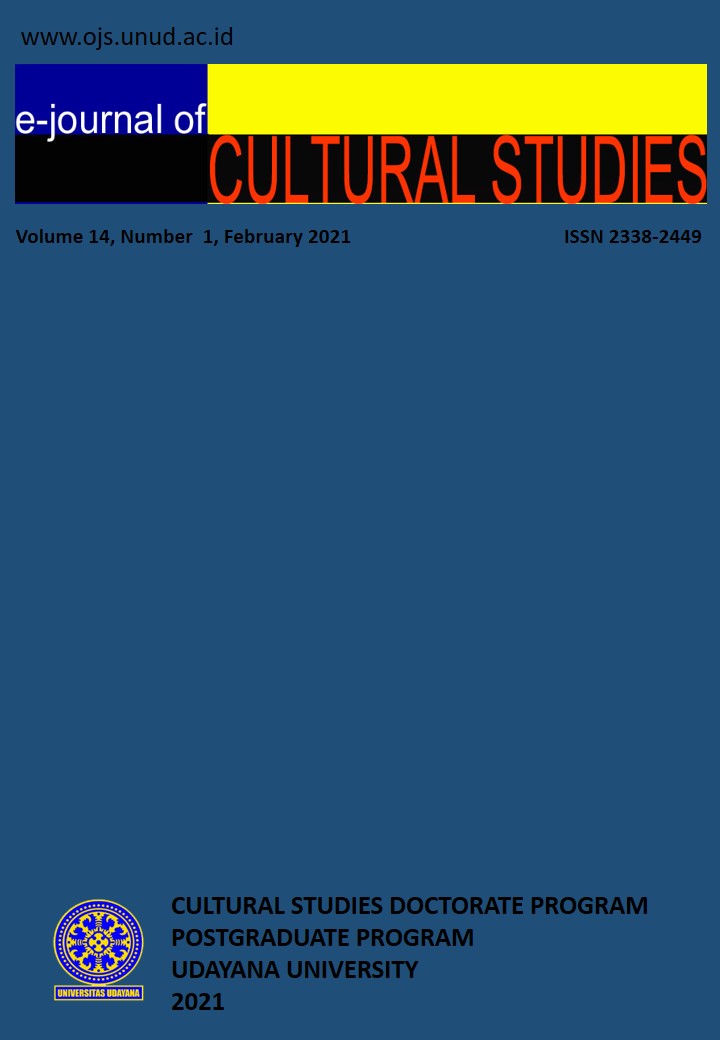IMPLICATIONS OF HAROA TRADITIONAL PRACTICES IN RELIGIOUS LIFE OF MUNA PEOPLE IN MUNA DISTRICT
Abstract
This study aims to reveal and explain the representation of religious values ??in the practice of haroa and the relationship between cultural practices (haroa) in the diversity of the Muna people. This study uses ethnographic methods with qualitative analysis. Empirically, this research finds that in their daily life, the Muna people make religion and culture coexist in the midst of their religious social activities. Traditions and cultures that live earlier in society actually already have civilization and social rules so that when Islam developed in the life order of the Muna people there was not much change. This tradition becomes a medium in broadcasting and teaching the values ??of virtue in the teachings of Islam. The haroa tradition carried out by the Muna people from generation to generation when commemorating the Muslim holidays is the most effective medium in teaching all the commands and prohibitions of Allah SWT. The haroa tradition supports the Islamic ideology of the Muna community that hansuru-hansuru adhati, soano konohansuru, which implies that even though customs and traditions are destroyed, religion must not be destroyed. The haroa tradition for the Muna community is to emphasize always making the principles of Islam a life shield so that in every activity they always represent the values ??of Islamic teachings.
Key words: Islam, tradition, haroa, civilization, practice







